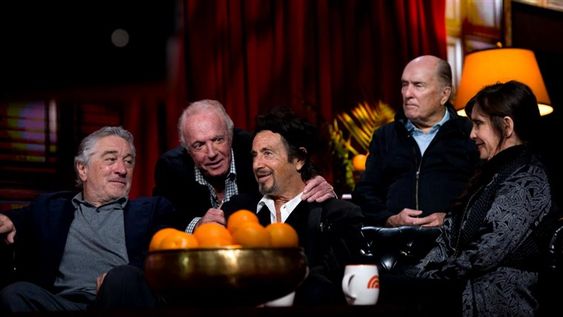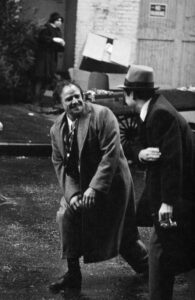
The Negative Influence of Coppola’s “The Godfather”

If “Jaws” and “Star Wars” are the movies that reconfigured Hollywood for a young audience, then the first two “Godfathers” are the pillars of nostalgia for the so-called “adult drama”—for the idea that nineteen-seventies America represented an apogee of artistic achievement within the Hollywood system. But the ultimate effect of Francis Ford Coppola’s grand diptych was to do, for adults, the same thing that Spielberg and Lucas would do for kids: Coppola single-handedly, mightily, and enduringly shored up the ruins of familiar but outmoded conventions: performances of a poised dramatic accuracy, images of a burnished, low-light luxuriousness, shots composed with a fluid precision, a script that foregrounds the action to express the story’s strategic, psychological, and political implications. The accomplishment was great; its negative effects endure.
The filmmaker who, above all, was making Hollywood new at the time was John Cassavetes. Despite the apparently familiar mode of naturalistic drama in which he worked, he exploded the very notion of character and plot by finding the interstitial moments that emerge from stories, the explosions and the intimacies that are the surprising and unpredictable mark of people rather than characters. Cassavetes filmed with a combination of passionate proximity and gestural freedom that both reveals actors in intense physicality and abuts the hard, unbreakable nucleus of inner opacity. He created a cinema of being, in which the furious performances of some of the best actors of his time (including himself; his wife, Gena Rowlands; Peter Falk; Seymour Cassel; and Ben Gazzara) outstripped the assignation of traits and the calculation of rationales in screenplay construction and gave a sense of the vast wonder and terrifying force packed into ordinary lives.
Of course, “The Godfather” isn’t about ordinary people but about potentates of crime, modern-day Borgias, whose psychology and tactics are boiled down to a visual and textual language and a performance style that renders them transparent to ordinary viewers. The pair of movies strips away mystery and wrenches the characters from their web of context. For example, I’ve never understood the veneration of Marlon Brando’s performance as Vito Corleone. Brando is certainly one of the best, most fascinating actors ever to appear in a movie, but in “The Godfather,” the artifice of the composed role overwhelms even his titanic nature (he is, by contrast, harrowingly present in “Apocalypse Now”). Take the death scene; as the aging Don frolics with his young grandson, Coppola lets the camera roll. For a few extended moments, the director seems to be having fun watching this grand character—not Corleone but Brando—cut loose and clown around as if the camera weren’t watching. It’s a terrible disappointment to see, when the scene winds up with Corleone’s collapse, that the japery was staged solely for its dramatic outcome. Brando’s best role is himself, and he was never better than in the Maysles brothers’ 1966 documentary portrait, “Meet Marlon Brando.”
